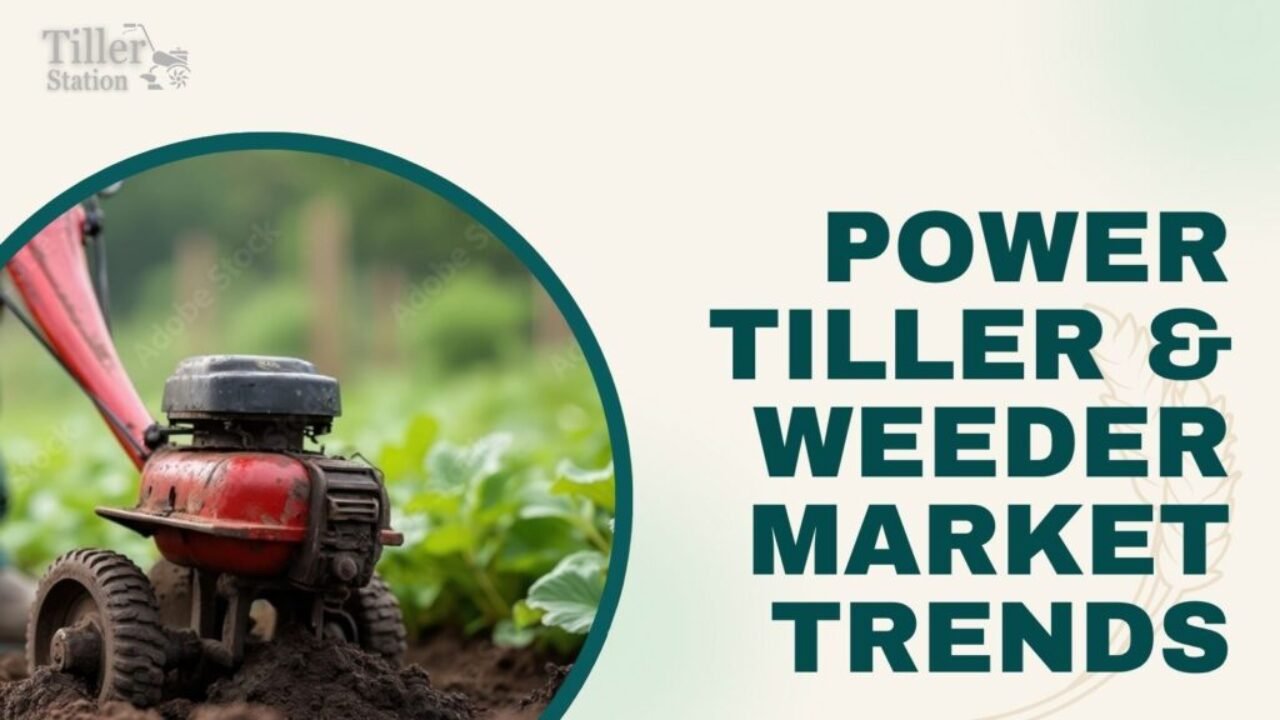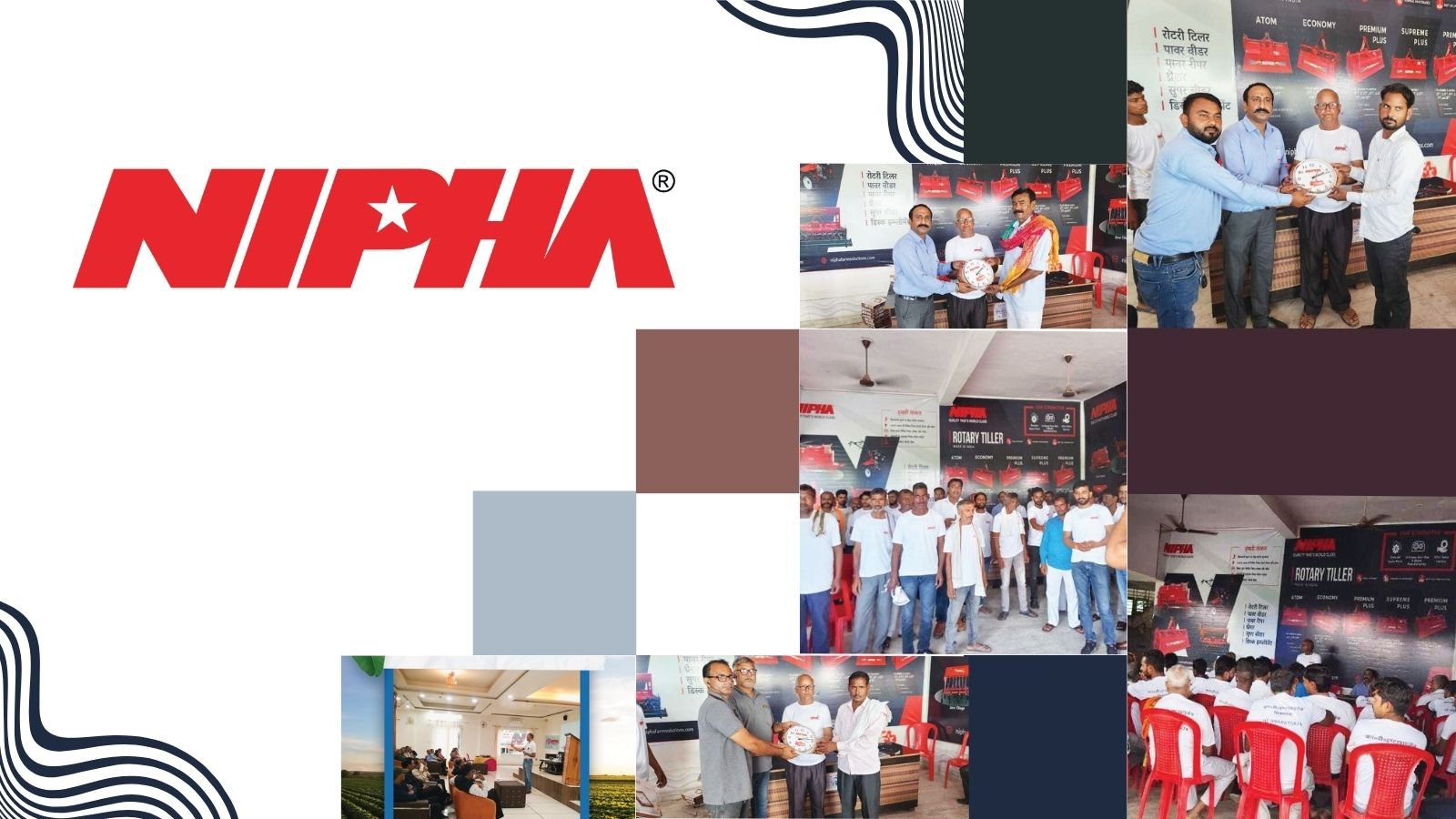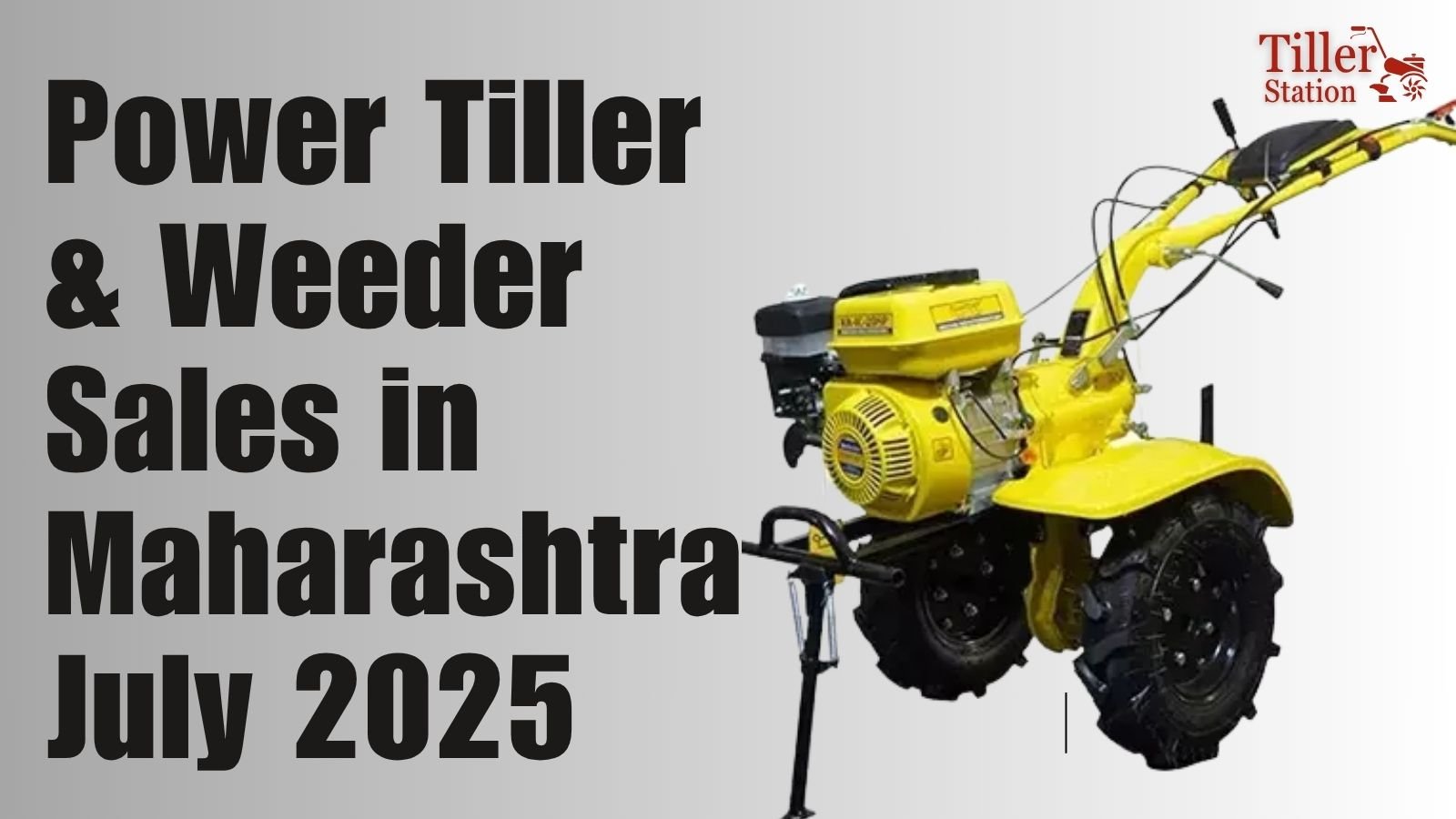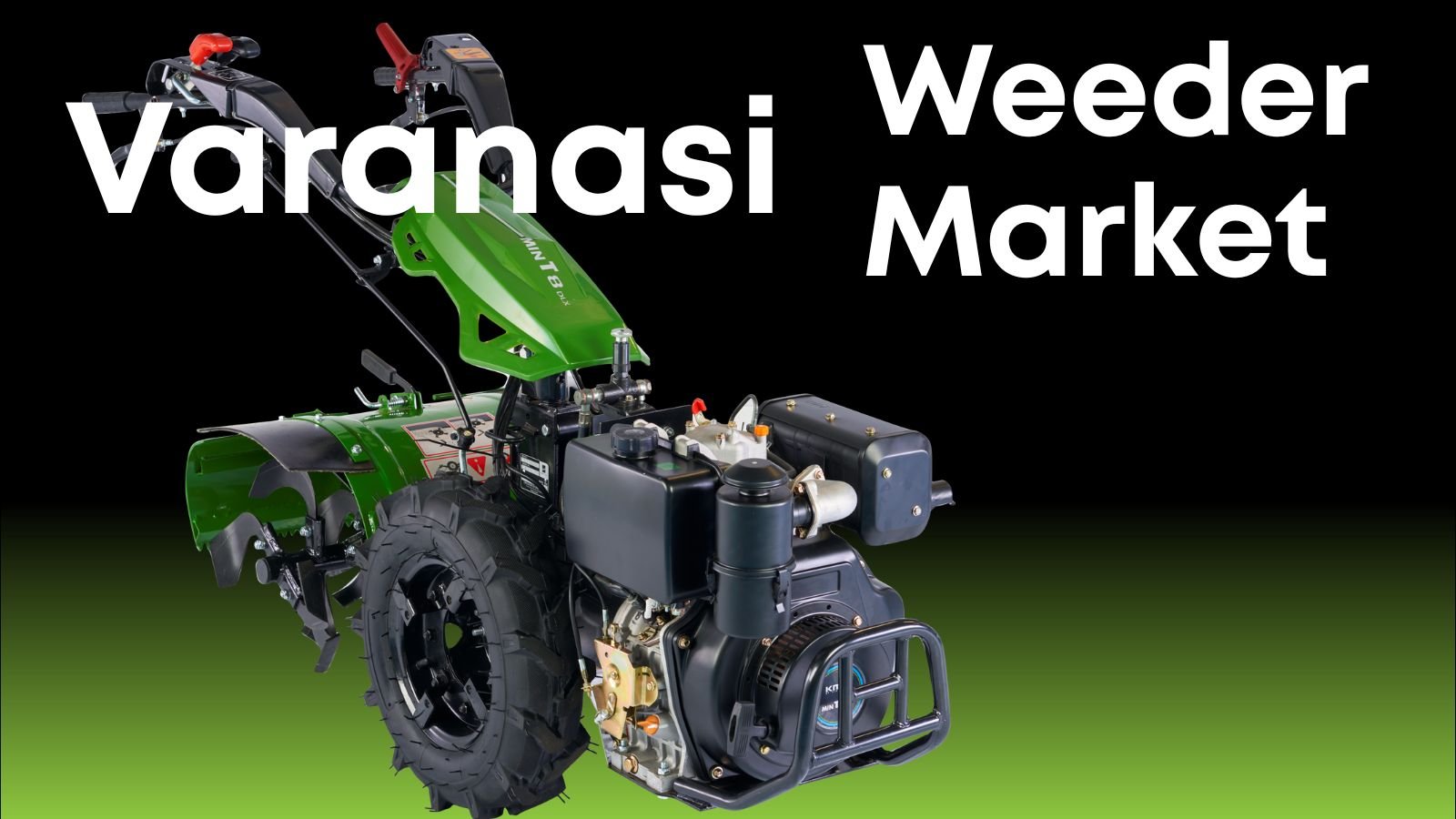India’s tiller market is witnessing rapid transformation, propelled by labor shortages, rising rural wages, and government incentives for mechanization tailored to smallholder agriculture. Excluding manual and animal-drawn implements, the powered tiller and weeder segment—encompassing machines from 2HP to 12HP and including back rotary weeders—has gained significant momentum. The total approximate annual sales of weeders in in India is now estimated at 240,000 units couopled with 55000-60000 units of power tillers on annual basis.
Market Size and Growth
As of FY 2024, powered tillers and weeders accounted for ₹12.6 billion—roughly 67% of the agri-weeder market by value. This segment is projected to grow at an 8.2% compound annual growth rate (CAGR) through FY 2030, surpassing both the general farm machinery market and the slower manual/animal-drawn sub-segments. Growth is being driven by a proliferation of models in the 2–12HP range, which are well-suited to India’s fragmented landholdings.
Key Market Drivers
Labor Scarcity: Urban migration has reduced the availability of farm labor, making mechanization essential.
Government Subsidies: National and state-level subsidy programs—ranging from 50% to 80%—are reducing the purchase barrier for small and marginal farmers.
Technological Advances: Local manufacturers have increased their investment in research and development, creating fuel-efficient and feature-rich machines.
Growing Accessibility: E-commerce platforms and institutional financing schemes are broadening access, especially for smallholder farmers.
Competitive Landscape
The sector is highly competitive, with several prominent Indian brands leading the market. Notably, VST Tillers, Kisan Kraft, Greaves, Shrachi, and George Maijo are recognized for offering diverse, durable models across price points. Retail prices generally fall between ₹25,000 to ₹75,000 for center rotary weeders, ₹95,000-₹145,000 for back rortary weeders and from ₹180,000 to ₹2,65,000 for power tillers often with substantial discounts and limited financing options.
Distribution and Adoption
Almost all sales continue to be made through traditional dealer networks and showrooms and through government requirements while the share of sales through digital platforms is steadily rising, now comprising around 18% of the market. Custom hiring centers and collective purchases through farmer groups are also emerging as popular access points, especially for marginal and small farmers.
Technological Innovations
Recent innovations include electric and hybrid tiller models, IoT-driven precision depth controls, and smart, vision-based row guidance systems. The push for affordable, sustainable technology continues, with many brands piloting solutions suitable for India’s varied agro-economic landscape.
Supply Chain and Localization
Domestic value addition has been increasing consistently, with more than half of all tillers and weeders being assembled or manufactured locally as of 2025. Government incentives and localized sourcing of parts, such as steel and engines, have reduced reliance on imports and stabilized input costs.
Regulatory and Policy Environment
All powered tillers and weeders in India are required to meet stringent performance and safety standards, including updated noise and emissions norms. Customs duties and GST on imported units (7.5–12%) provide a further boost to domestic manufacturing initiatives.
Outlook
By 2030, powered tillers and weeders are expected to make up nearly 80% of India’s agri-weeder market value. Drivers will remain technology upgrades, sustained state support, and broader adoption of custom hiring. Companies focusing on the needs of smallholders and prioritizing domestic R&D will be best positioned to benefit from ongoing market expansion.






